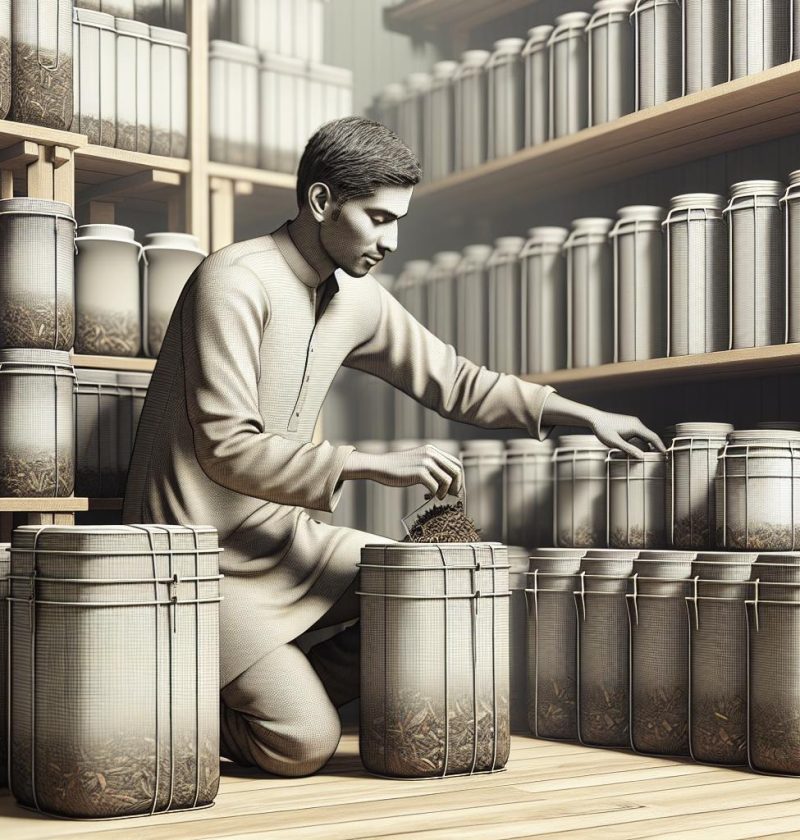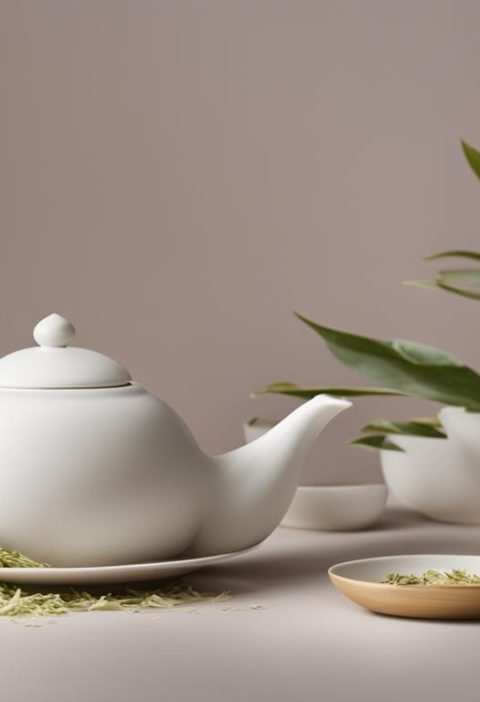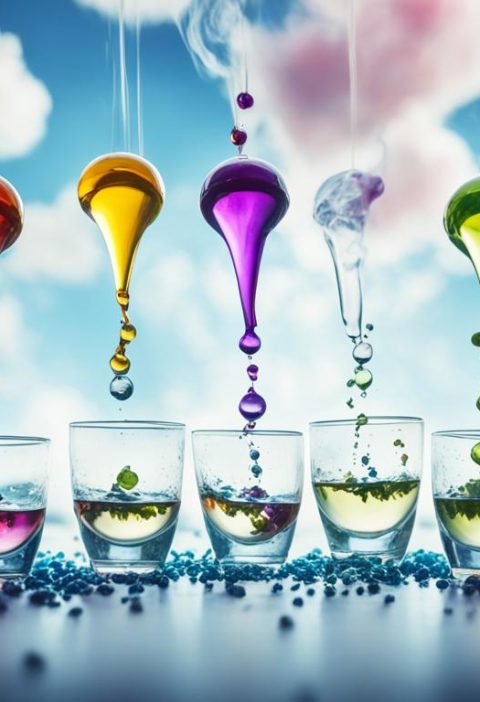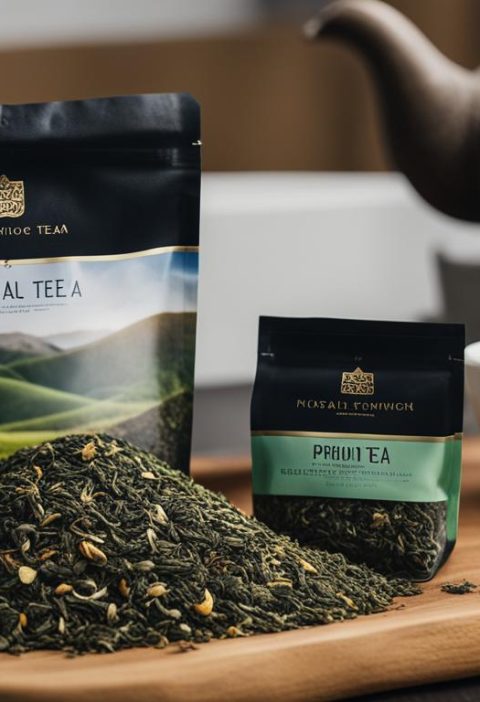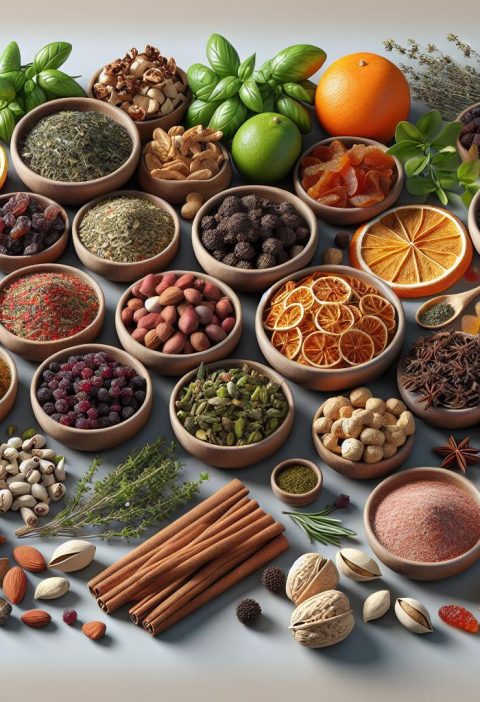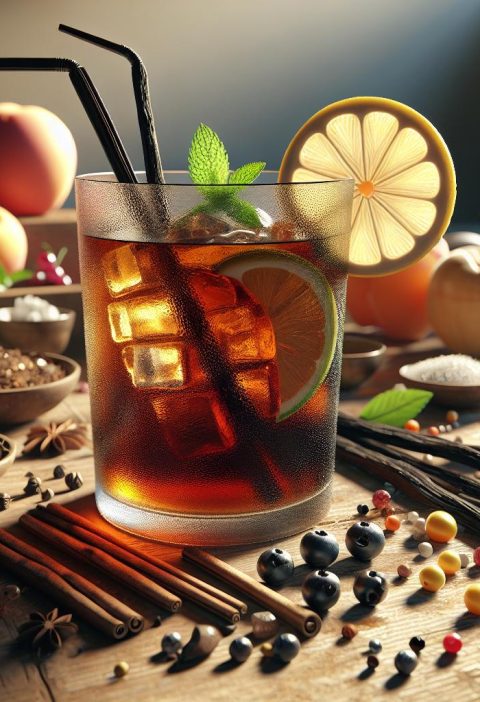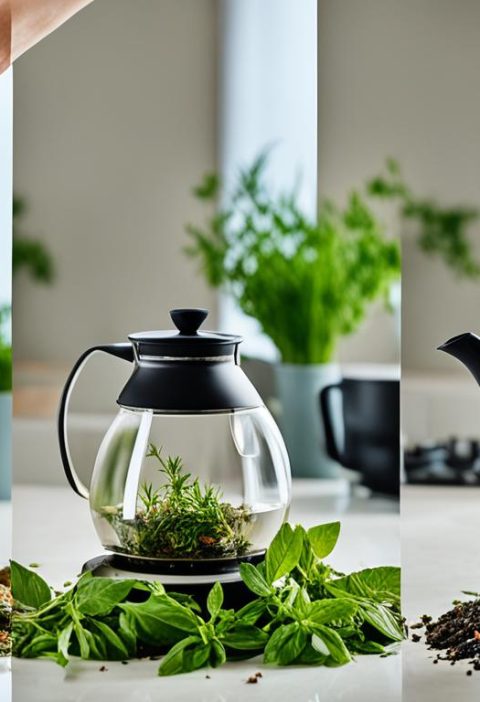So, you’re looking to elevate your tea brewing game, huh? Well, we’ve all been there, eager to steep the perfect cup of tea to kickstart our day or unwind after a long one. But hold on a minute! Before you dive into the world of tea brewing, there are a few common mistakes that you’ll want to steer clear of. Trust us, avoiding these blunders will make a world of difference in your tea-drinking experience.
From water temperature mishaps to oversteeping disasters, the journey to brewing the ideal cup of tea is riddled with pitfalls. But fear not, dear tea enthusiasts, as we’re here to guide you through the dos and don’ts of tea brewing. By sidestepping these brewing blunders, you’ll be well on your way to savoring the nuanced flavors and aromas that each tea has to offer. So, grab your favorite mug and let’s delve into the art of brewing tea like a pro.
Using Incorrect Water Temperature
When it comes to brewing tea, water temperature plays a crucial role in extracting the flavors just right. Let’s dive into the dos and don’ts of using the correct water temperature for brewing that perfect cup of tea.
For Beginners: Mastering the Basics
- Green teas generally require lower water temperatures, around 160-180°F, to prevent bitterness.
- Black teas thrive with boiling water around 200-212°F to bring out their bold flavors.
For Intermediate Tea Enthusiasts: Enhancing Your Brew
- Oolong teas are best brewed with water at 185-205°F for a balanced infusion.
- White teas shine with the gentle touch of 160-180°F water, showcasing their delicate flavors.
- Herbal teas vary, but most benefit from boiling water for a robust infusion.
- Blooming teas require a gentle touch at 180-190°F to allow the leaves to unfurl gracefully.
Remember, the right water temperature can truly elevate your tea experience, unlocking a world of diverse flavors and aromas.
Oversteeping Your Tea Leaves

Brewing tea is an art that requires precision and attention to detail. One common mistake that many tea enthusiasts make is oversteeping their tea leaves. This can lead to a bitter and unpleasant taste that overshadows the delicate flavors of the tea.
For Beginners: Mastering the Basics
- Start with shorter steeping times to avoid extracting too many tannins from the tea leaves.
- Follow the suggested steeping times on the tea packaging for optimal flavor.
- Experiment with different steeping times to find the perfect balance for your taste.
For Intermediate Tea Enthusiasts: Enhancing Your Brew
- Consider using a timer to track your steeping time accurately.
- Learn to adjust steeping times based on the type of tea you are brewing.
- Explore different brewing techniques to enhance the complexity of flavors in your tea.
- Explore multiple infusions to extract different flavor profiles from the same tea leaves.
- Invest in a quality tea kettle with temperature control for precise brewing.
- Master the art of gongfu cha to experience tea brewing at its finest.
Remember, the key to a perfect cup of tea lies in the balance of flavors, and avoiding the pitfall of oversteeping is essential to savoring the true essence of tea.
Using Low-Quality Tea Leaves
When it comes to brewing the perfect cup of tea, the quality of the tea leaves plays a crucial role. Using low-quality tea leaves can significantly impact the flavor and overall experience. Here’s how to avoid this common mistake:
For Beginners: Choosing Quality Over Quantity
- Start by sourcing high-quality tea from reputable suppliers.
- Opt for loose leaf teas instead of tea bags for better flavor.
- Experiment with different tea varieties to find your preferences.
For Intermediate Enthusiasts: Exploring Tea Origins and Grades
- Dive deeper into the world of tea by learning about different tea-growing regions.
- Understand the various grading systems for tea leaves and their significance.
- Consider joining tea tastings or workshops to expand your knowledge.
- Develop a discerning palate by practicing tea tasting techniques.
- Explore rare and specialty teas to elevate your tea brewing experience.
- Invest in directly sourced tea leaves for unparalleled quality.
Remember, using high-quality tea leaves is the foundation of a great cup of tea. By paying attention to the sourcing, grade, and variety of your tea leaves, you can elevate your tea brewing game and savor the true essence of tea.
Incorrect Tea to Water Ratio
Tea brewing requires precision, and the tea to water ratio plays a crucial role in achieving the perfect cup. Here’s how to avoid common mistakes and brew a delightful tea experience for all levels of enthusiasts:
For Beginners: Understand the Basics
- Start with a 1:2 ratio for most teas: 1 teaspoon of tea leaves to 2 cups of water.
- Experiment with ratios to find your preferred strength but avoid going overboard to prevent bitterness.
- Invest in a kitchen scale for accuracy, especially with dense teas like gunpowder.
For Intermediate Enthusiasts: Enhancing Your Brew
- Tailor the ratio based on tea types: Green teas might need less while black teas require more tea leaves.
- Consider the vessel: Teapots require more tea leaves than infusers due to varying infusion rates.
- Adjust ratios for floral teas: Delicate flavors like jasmine might need a lighter touch.
- Fine-tune ratios for rare teas: High-grade teas like White Peony demand precise measurements for the best results.
- Utilize measuring tools: Graduated cylinders ensure accuracy, especially when experimenting with new blends.
- Personalize ratios: Develop a signature approach by adjusting ratios to suit your palate.
Crafting the ideal tea starts with getting the tea to water ratio right. Embrace these tips to elevate your tea brewing game and savor every sip of your favorite blends.
Not Storing Tea Properly

Let’s dive into the critical aspect of tea storage. Whether you’re a novice or a connoisseur, safeguarding your tea correctly is essential for preserving its freshness and flavor. Here are our recommendations for storing your tea properly at various expertise levels:
For Beginners: Tea Storage 101
- Keep tea away from light, air, heat, and moisture to maintain its quality.
- Opt for airtight containers to prevent exposure to external elements.
- Store tea in a cool, dark place, such as a pantry or cupboard, avoiding direct sunlight.
- Avoid storing tea near strong odors or spices that could affect its taste.
For Intermediate Tea Enthusiasts: Elevating Tea Storage
- Utilize opaque containers or tins to shield tea from light exposure.
- Consider investing in specialized tea storage jars with airtight seals for increased freshness.
- Use separate containers for different types of tea to prevent flavor cross-contamination.
- Label containers with tea type and date of purchase to track freshness.
- Explore storage options like vacuum-sealed bags for optimum freshness.
- Maintain consistent temperature and humidity levels in the storage area.
- Rotate tea inventory regularly, consuming older teas first to enjoy them at their peak.
- Experiment with tea aging techniques for certain varieties to enhance flavor profiles over time.
When it comes to tea storage, a little care goes a long way in preserving the nuances and aromas of your favorite brews. Mastering the art of tea preservation ensures that each cup you brew is a delightful sensory experience.
Conclusion
Proper tea storage is key to preserving freshness and flavor, benefiting both beginners and seasoned enthusiasts. Beginners should store tea in airtight containers away from light, air, heat, and moisture. For intermediate tea lovers, using opaque containers, specialized jars, and vacuum-sealed bags is recommended. Rotating tea inventory and exploring aging methods can further enhance the tea experience. Mastering tea preservation is essential for maximizing the sensory pleasure of brewing and savoring tea’s delicate nuances and aromas.
